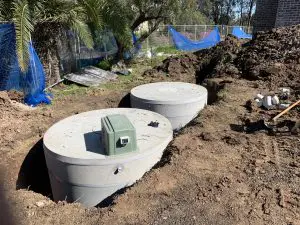Why is the Treatment of Wastewater Important?
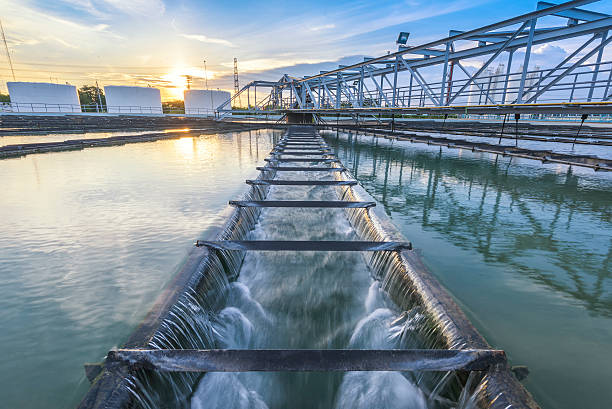
Wastewater—often referred to as sewage or used water—emanates from various human activities, encompassing domestic, industrial, and commercial sources. It is laden with contaminants, including pathogens, chemicals, and nutrients that pose significant risks to our environment and public health. The treatment of wastewater is not just a regulatory requirement; it is a fundamental practice that underpins sustainable water management and ecological balance. In this blog post, we will delve deeper into the reasons why wastewater treatment is crucial for our planet and society.
Sustainable Home Living: Strategies to Reduce Wastewater
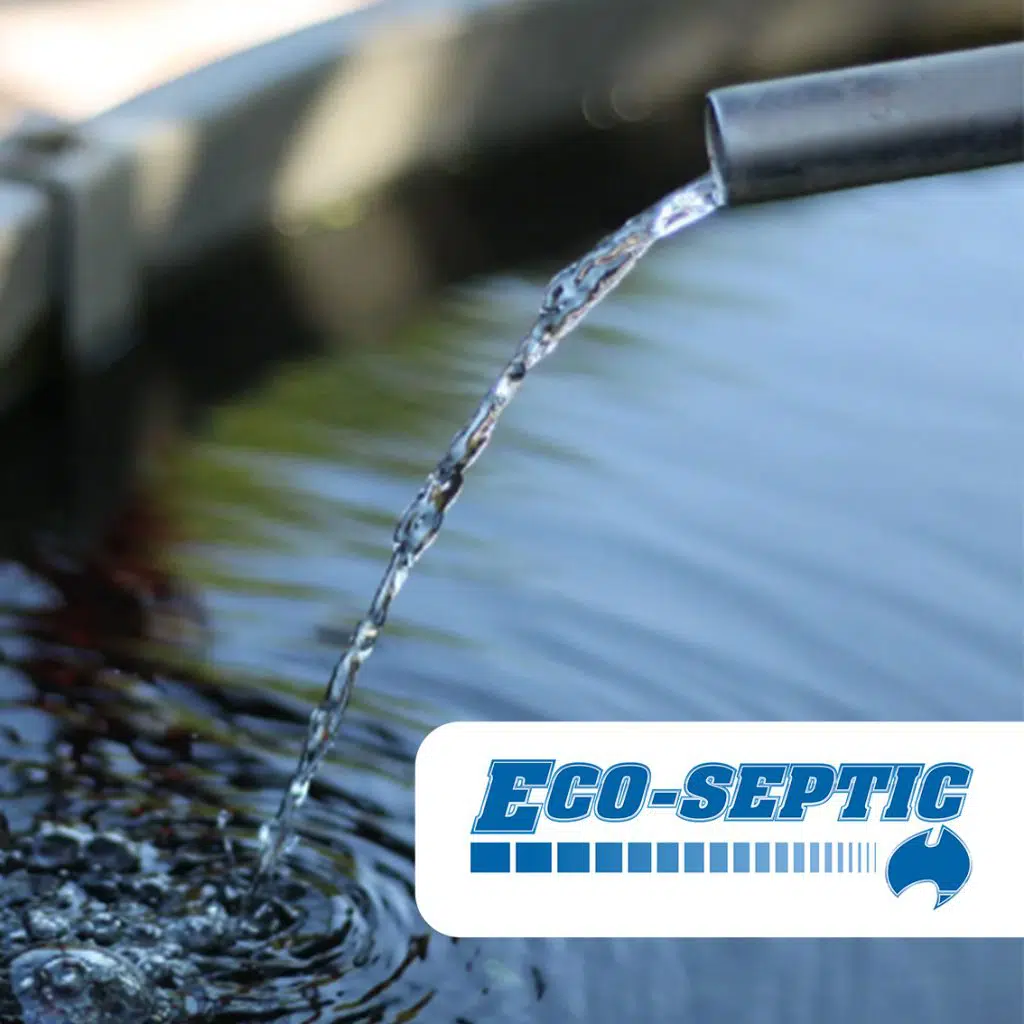
Water is the essence of life, and yet, we often squander it without a second thought. As concerns about water scarcity and environmental sustainability continue to rise, it’s imperative that we take proactive steps to reduce wastewater at home. By adopting simple yet effective strategies, we can not only conserve this precious resource but also minimize our impact on the environment. In this blog, we’ll explore various methods to reduce wastewater at home while promoting eco-friendly living.
Navigating Wastewater Solutions: A Guide to the Application Process Through NSW Councils

Wastewater management is a critical aspect of environmental sustainability, especially in densely populated areas like New South Wales (NSW), Australia. Proper wastewater solutions not only protect public health but also preserve the integrity of our natural resources. However, obtaining approval for wastewater systems through NSW councils can be a complex process. In this blog, we’ll explore wastewater solutions and provide insights into the application process through NSW councils.
The Economics of Septic Systems: Cost Savings and Long-Term Investments

Septic systems often conjure images of hidden infrastructure buried beneath lawns, but their economic implications are anything but invisible. For homeowners, understanding the economics of septic systems goes beyond initial installation costs; it encompasses long-term savings, environmental benefits, and the value they add to properties. In this comprehensive guide, we’ll explore how septic systems offer significant cost savings and serve as wise long-term investments for homeowners.
Understanding Wastewater Production and its Impact on Septic Systems
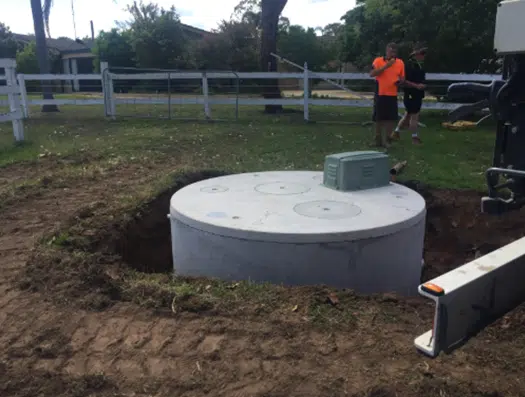
Expanding on the importance of AWTS maintenance involves further elucidating the significance of each aspect of maintenance, providing additional tips and insights for homeowners, and reinforcing the message of proactive care for a sustainable living environment.
The Key to a Healthy Home: Understanding the Importance of Regular AWTS Maintenance

In an era where environmental sustainability is increasingly prioritized, innovative solutions for water conservation are gaining traction. Among these solutions, grey water recycling systems stand out as an effective way to reduce water consumption and minimize environmental impact.
Why Eco Septic Tanks are the Eco-Friendly Choice for Your Home
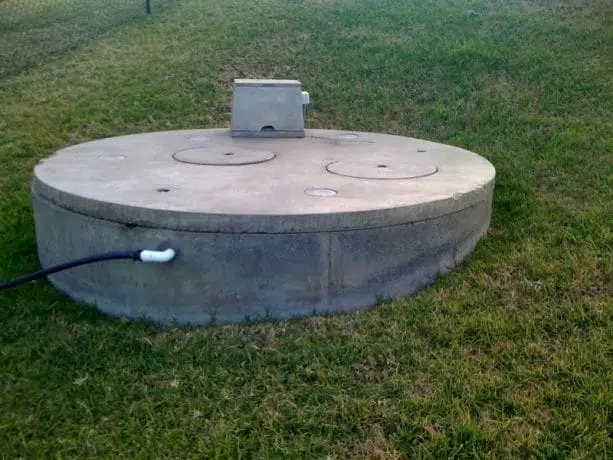
In today’s world, where environmental sustainability is paramount, making eco-conscious decisions for our homes is imperative. When it comes to wastewater management, Eco Septic Tanks emerge as a beacon of environmentally responsible solutions. In this comprehensive guide, we’ll delve into the myriad advantages of choosing Eco Septic Tanks, emphasizing their benefits for both the environment and your finances.
Sustainable Septic Systems: Embracing Indigenous Wisdom for Modern Living

Australia’s Indigenous communities have long held a deep connection with the land, practicing sustainable waste management methods that have stood the test of time. In this exploration, we delve into the traditional waste management….
Revitalize Your AWTS for the New Year: A Comprehensive Guide to Yearly Servicing

As we usher in a new year, it’s the perfect time to not only reflect on personal resolutions but also consider the well-being of your home, particularly your Aerated Wastewater Treatment System (AWTS). Annual servicing is a key aspect of maintaining a healthy and efficient AWTS, ensuring that it continues to operate seamlessly. In this comprehensive guide, we’ll explore the importance of yearly servicing, shedding light on the specific tasks involved and how they contribute to a fresh start for your AWTS in the new year. This guide is tailored for the average consumer, with a focus on the regional considerations that are pertinent to AWTS owners.
The Ultimate Guide to Maintaining Your AWTS System

If you’re a proud owner of an Aerated Wastewater Treatment System (AWTS) in Victoria, proper maintenance is the key to ensuring its efficiency and longevity.

